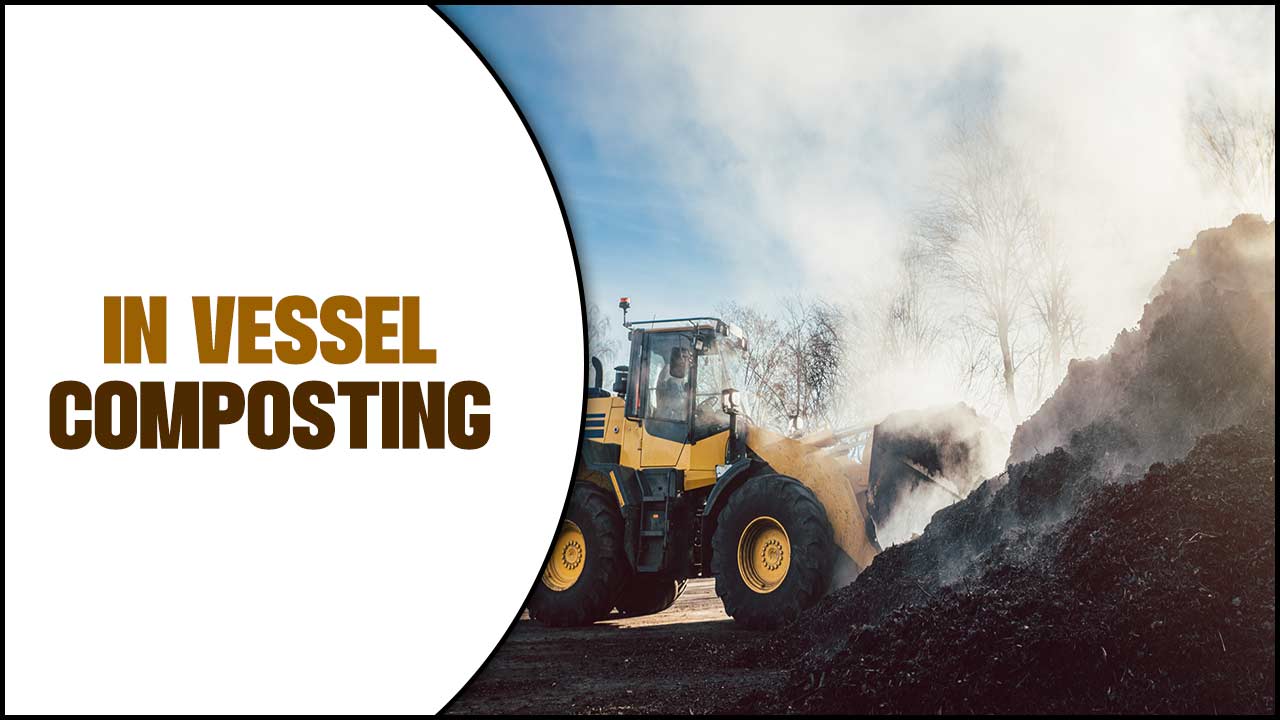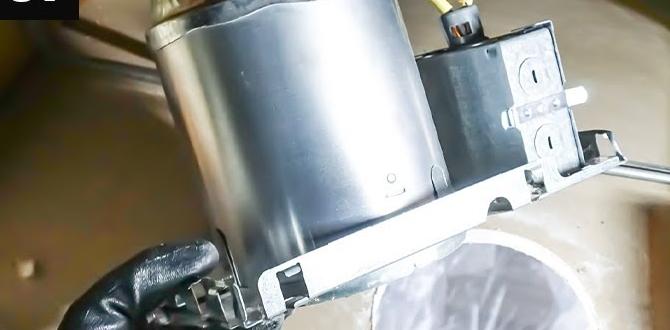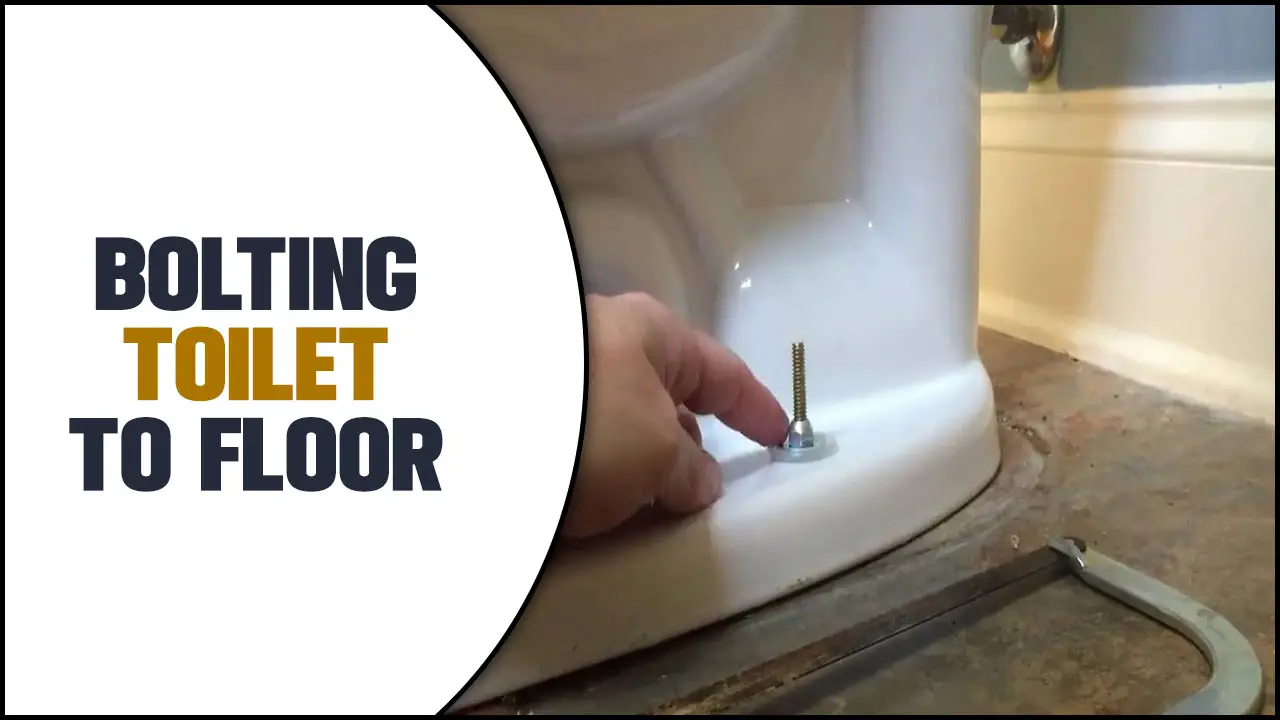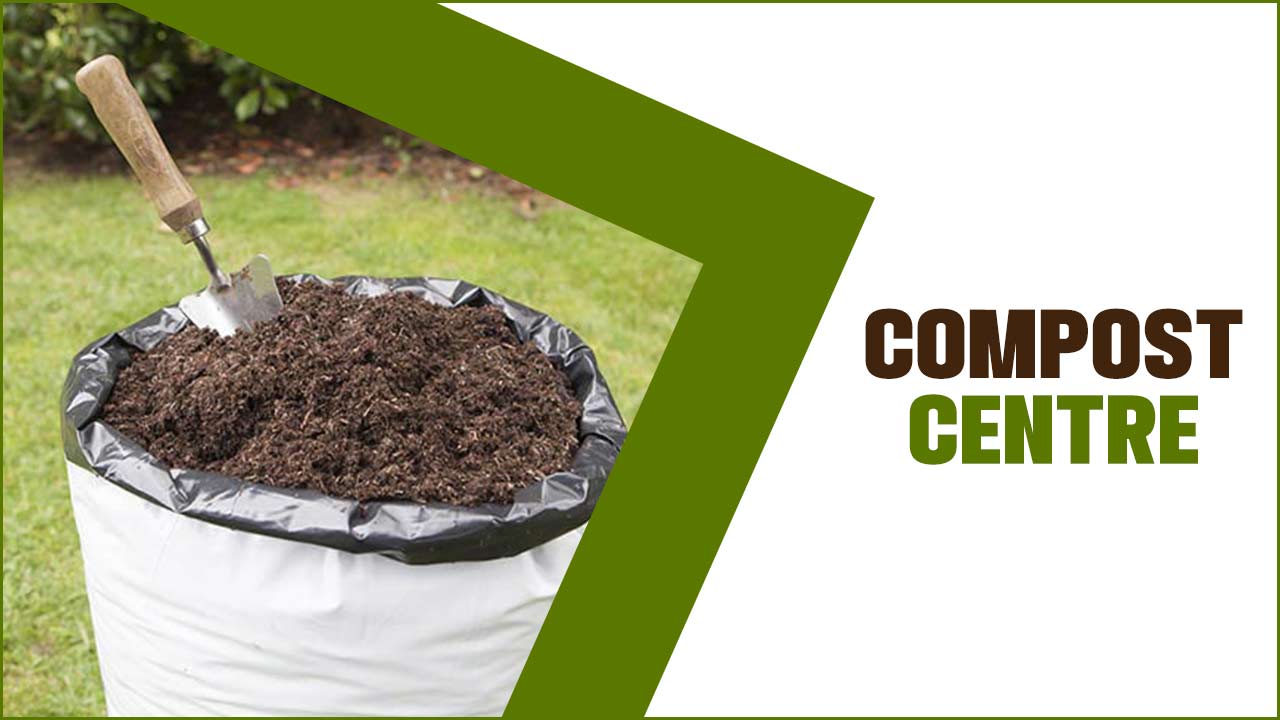As winter approaches, many people worry about their pipes freezing. Have you thought about how many faucets should I let drip? It’s a common concern that prompts homeowners to consider how to protect their plumbing. Letting the right number of faucets drip can save you from a costly repair.
Imagine waking up to a frozen pipe. The water stops running, and you’re left scrambling for a solution. It’s an annoying situation that no one wants. By simply allowing a few faucets to drip, you can help prevent this headache.
But which faucets should you choose? Is it better to let one faucet drip, or maybe two? Understanding just how many faucets should I let drip is key to keeping your home safe this winter. Don’t worry; we will guide you through the best practices to keep your plumbing flowing.
So, let’s dive into the world of winter plumbing. You’ll learn about the best number of faucets to keep dripping, and why it matters. Prepare yourself for some surprising facts that may just change how you look at your kitchen and bathroom sinks!
How Many Faucets Should I Let Drip To Prevent Freezing? When The Temperatures Drop And Winter Arrives, Homeowners Often Face The Dilemma Of Preventing Their Pipes From Freezing. One Common Preventative Measure Is Allowing Certain Faucets To Drip. But How Many Faucets Should You Let Drip? In This Article, We’Ll Explore The Factors To Consider, What Dripping Actually Means, And How It Can Protect Your Plumbing From The Harsh Effects Of Freezing Temperatures. Understanding The Importance Of Dripping Faucets When The Temperature Falls Below Freezing, Water Inside Pipes Can Freeze And Expand, Leading To Potential Bursts. This Is Not Only Costly But Also A Significant Inconvenience. The Act Of Dripping Faucets Essentially Keeps Water Flowing, Reducing The Chances Of Pressure Buildup That Leads To Freezing. Factors To Consider 1. **Location Of Pipes**: Consider Which Pipes Are Most Vulnerable. Those That Run Through Unheated Areas, Such As Attics, Basements, And Exterior Walls, Are At Higher Risk. 2. **Temperature**: If The Weather Forecast Predicts A Significant Drop In Temperature, It May Be Wise To Allow More Than One Faucet To Drip. 3. **Type Of Plumbing System**: Older Homes May Have Plumbing Systems That Are More Susceptible To Freezing. Additionally, The Type Of Pipe Material (Copper, Pvc, Etc.) Can Also Influence Your Decision. How Many Faucets Should You Let Drip? As A General Guideline, It’S Often Recommended To Let At Least One Faucet Drip In Each Area Of Your Home Where Plumbing Is Vulnerable To Freezing. This Could Include: – Kitchen Faucet – Bathroom Sinks – Laundry Room Faucets If Your Home Has Multiple Levels, It May Be Beneficial To Allow Faucets On Each Floor To Drip, Especially If Those Areas Are Poorly Insulated. The Dripping Technique A Steady Stream Of Water Is Often More Effective Than Just A Drop Here And There. Aim For A Small, Continuous Drip From The Faucet. This Method Ensures That Water Is Consistently Moving Through The Pipes. Conclusion In Conclusion, The Number Of Faucets You Should Let Drip Depends On Various Factors, Including The Location Of Your Pipes, The Severity Of The Cold Weather, And The Layout Of Your Home. By Understanding The Risks And Taking Action When Temperatures Drop, You Can Help Safeguard Your Plumbing And Avoid Costly Repairs From Burst Pipes. Always Err On The Side Of Caution During Extreme Weather To Keep Your Home Safe And Functional Through The Winter Months.
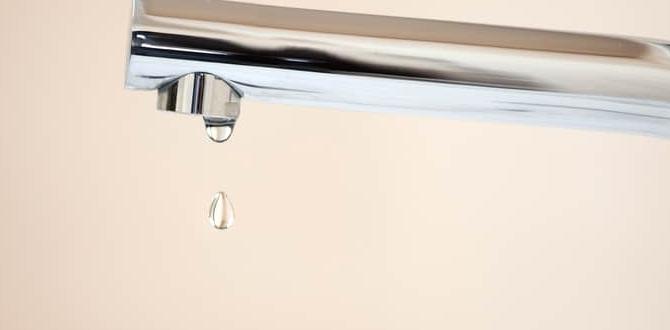
How Many Faucets Should I Let Drip?
Letting faucets drip during cold weather can prevent freezing. But how many should you let drip? Generally, it’s wise to drip faucets connected to pipes in unheated areas, like basements or attics. You might not need to drip all faucets, just the ones most at risk. A fun fact: a steady drip can save you from costly repairs later! Considering your home’s layout helps figure it out, so check your plumbing today!Understanding Freezing Pipes
Causes of pipe freezing in winter months. Consequences of frozen pipes.Pipe freezing often happens in winter when temperatures drop. Cold air can cause water inside pipes to freeze. This blocks the flow of water. If pipes freeze, they can burst, leading to serious damage. Homeowners might face big repair costs and water loss. To avoid trouble, it’s smart to keep a trickle of water flowing during extreme cold.
What causes pipes to freeze?
Pipes can freeze for several reasons:
- Cold temperatures
- Poor insulation
- Shaded areas
- Wind exposure
What happens if pipes freeze?
If pipes freeze, they may crack or burst. This can lead to:
- Water damage to walls
- Mold growth
- High repair bills
Remember, it’s better to prevent freezing than to fix the mess later!
When to Consider Dripping Faucets
Conditions that warrant dripping faucets. Signs indicating potential freezing risks.Sometimes, letting your faucets drip can save you from frozen pipes. If temperatures drop below 32°F, consider this option. It’s like giving your pipes a warm blanket! Watch for signs like a cold breeze near pipes or water that’s slower than a snail. If your home feels like an icebox, it’s time to let those faucets work their magic.
| Condition | Action |
|---|---|
| Temperature below 32°F | Let faucets drip |
| Drafts around pipes | Insulate or drip |
| Sluggish water flow | Check for freezing |
How Dripping Faucets Help
Explanation of how water movement prevents freezing. Benefits of keeping water flowing in pipes.Dripping faucets play a crucial role in preventing pipes from freezing. When water moves, it stays warmer. A small drip can keep the entire pipe from freezing solid. This simple action helps avoid big problems, like burst pipes. Here are some benefits of letting faucets drip:
- Prevents freeze-ups: Constant movement stops ice from forming.
- Saves money: Avoids costly repairs to damaged pipes.
- Peace of mind: You won’t have to worry during cold weather.
How does dripping help with frozen pipes?
The answer is simple. Dripping water keeps pipes warm and flowing. Warm water is less likely to freeze, helping homeowners stay safe and dry during winter storms.
Recommended Number of Faucets to Drip
General guidelines for how many faucets to let drip. Factors influencing the number of faucets to drip.To prevent pipes from freezing, it’s smart to let some faucets drip. Generally, leaving one or two faucets open should suffice. However, consider these factors:
- Temperature: If it’s very cold, you may want more faucets.
- Location: Outside walls are more at risk. Drip those faucets.
- Pipe Material: Copper pipes freeze quicker than PVC. Be cautious.
These guidelines can help you decide how many faucets to let drip during chilly weather.
How many faucets should I let drip?
Let at least one or two faucets drip. If it’s really cold, consider more, especially on outside walls.
Identifying the Right Faucets to Drip
Which faucets are most vulnerable to freezing. Importance of prioritizing certain areas of the home.Some faucets are more likely to freeze than others. Outside faucets are the most vulnerable. They are exposed to cold temperatures. Basement and attic faucets can also freeze. These areas often lack proper insulation. Prioritizing these locations helps protect your home. When you let faucets drip, focus on:
- Outdoor faucets
- Faucets in unheated spaces
- Faucets against exterior walls
Taking these steps can save you from costly repairs.
Which faucets are most vulnerable to freezing?
Outdoor faucets and those in unheated areas are at risk. Basement and attic faucets can freeze too.
Alternative Methods for Preventing Frozen Pipes
Insulation options for pipes. Heating cables and other preventative measures.Keeping pipes warm can stop them from freezing. There are smart ways to do this. Insulating pipes is a great start. Use foam sleeves or wraps around the pipes. They keep heat in and cold out. Heating cables are another option. You can place them along pipes to provide extra warmth. Other tips include letting faucets drip slightly and keeping kitchen cabinets open. These methods help keep water flowing and prevent big problems in the winter.
What are some good insulation options for pipes?
Foam pipe insulation and electrical heat tape are both effective choices. They help keep pipes warm and safe from freezing, especially in colder areas.
Other preventative measures include:
- Letting faucets drip slightly.
- Keeping cabinets open to warm air.
- Using a space heater in cold areas.
Costs and Considerations
Impact on water bill from dripping faucets. Weighing the cost of water against the risk of damage.Letting faucets drip can impact your water bill more than you think. Dripping taps may feel like a small price to pay, but those pennies add up fast! The average drip can waste roughly 3,000 gallons of water a year, which could cost you an extra $300. Balancing this cost against the risk of damage from frozen pipes is key. A small drip might save you from a big mess later!
| Estimate | Water Wasted | Cost |
|---|---|---|
| Daily Drip | 1,000 gallons | $4 |
| Weekly Drip | 7,000 gallons | $28 |
| Yearly Drip | 3,000 gallons | $300 |
Think of your water bill like your favorite snack: tasty, but if you indulge too much, it could bring regret. So, determine if the cost of dripping is worth saving on potential pipe troubles down the road!
Expert Tips and Best Practices
Recommendations from plumbers on faucet dripping. Seasonal maintenance tips for homeowners.Plumbers suggest a few good practices for faucet drip management. Start by letting the cold water faucet drip in cold weather. This can help prevent freezing. If you’re away for a long time, leave both hot and cold faucets slightly open. Check your pipes regularly for leaks. Seal any gaps to save energy. Regular maintenance keeps everything running smoothly.
How many faucets should I let drip?
Only let the cold water faucet drip in winter. This helps avoid frozen pipes. If it’s very cold or you’re away, consider letting both faucets drip slightly. This ensures your plumbing stays safe and sound.
Frequently Asked Questions
Common queries about faucet dripping and freeze prevention. Clarifications on misconceptions related to water conservation and dripping faucets.Many people wonder about faucet dripping and its effects. Here are some common questions:
Does letting faucets drip save pipes from freezing?
Yes, a dripping faucet can help prevent pipes from freezing. The dripping water keeps the pipe from becoming too cold.
Do I waste a lot of water by letting a faucet drip?
Not really! It wastes less than a full turn-off result in frozen pipes. A small drip is better than a big leak.
How many faucets should I let drip?
One or two faucets should be fine. Choose those farthest from the heat source.
Conclusion
In summary, letting a few faucets drip can prevent pipes from freezing in cold weather. Ideally, you should let the faucets connected to outside walls drip. Check your local weather and start when temperatures drop. You can also read more about protecting your home in winter to stay prepared. Taking these simple steps helps keep your plumbing safe!FAQs
Here Are Five Related Questions On The Topic Of How Many Faucets Should Be Allowed To Drip:It’s usually best to let just one or two faucets drip during really cold weather. This helps keep the pipes from freezing. If too many faucets drip, it can waste water. You can choose the faucets closest to the outside walls. That way, you’re helping to protect your home and save water!
Sure! Please give me the question you want answered, and I’ll be happy to help.
What Factors Should Be Considered When Deciding How Many Faucets To Let Drip During Cold Weather?When deciding how many faucets to let drip, you should think about how cold it is outside. If it’s really cold, we might need to let more faucets drip. You should also check if any pipes are near outside walls, as they freeze easily. Lastly, consider if your house has had freezing problems before. If so, dripping more faucets can help keep the water flowing.
Are There Specific Types Of Faucets Or Plumbing Systems That Require More Attention For Dripping In Winter?Yes, some faucets and plumbing systems need more care in winter. For example, outdoor faucets can freeze and drip. You should also check pipes in unheated areas, like basements or garages. Make sure everything is insulated to stop leaks and keep your water flowing.
How Does Letting Multiple Faucets Drip Affect Overall Water Usage And Utility Bills?When you let multiple faucets drip, you waste a lot of water. This extra water use can make your water bill higher. Even a little drip adds up over time. If we stop the drips, we can save water and money!
What Are The Best Practices For Minimizing The Risk Of Frozen Pipes While Ensuring Enough Water Flow?To stop pipes from freezing, you can keep your home warm and make sure the heat reaches all areas. Open cabinet doors under sinks to let warm air in. Let a little water drip from your faucet; moving water is less likely to freeze. Insulate your pipes with foam sleeves, especially in cold areas. If it gets really cold, keep the thermostat at a steady temperature.
How Can Homeowners Determine If Their Faucets Are Dripping At An Appropriate Rate To Prevent Freezing?To see if your faucet is dripping enough to stop freezing, watch the water flow. Turn on the faucet slightly. If you see a small steady drip, that’s good. You can also put a bowl under it to catch the water. If the water is dripping once every few seconds, it’s just right!

